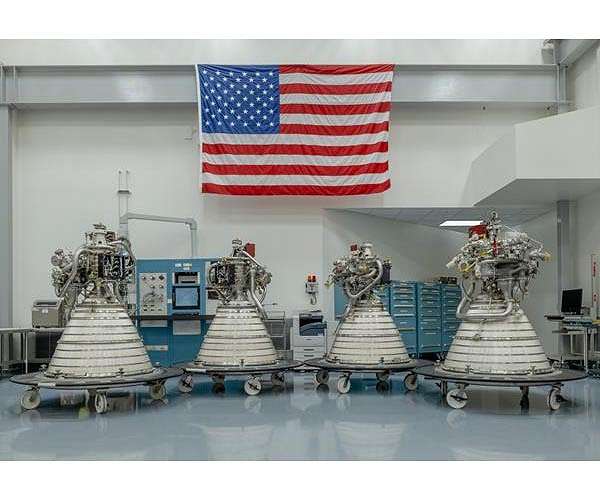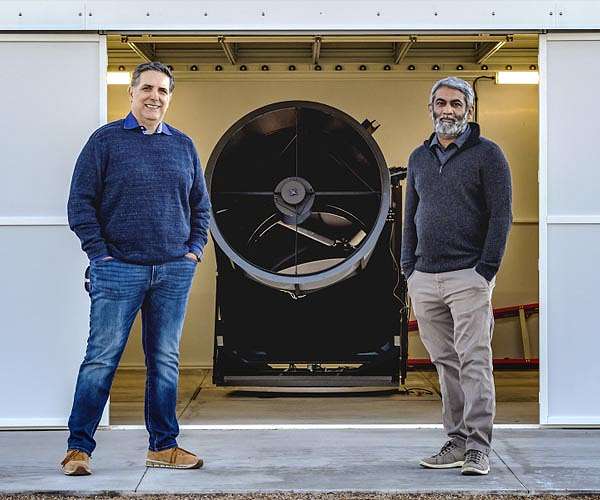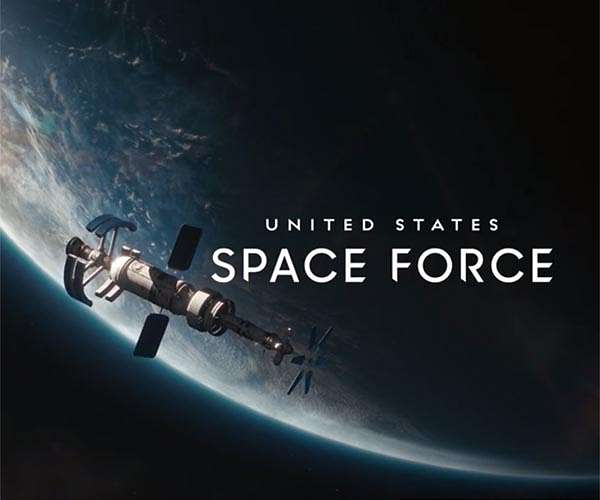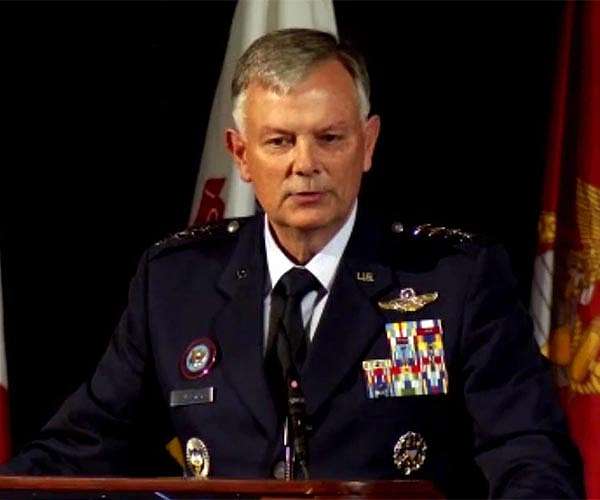A new U.S. Space Force video "demands action" on space debris and asks the private sector for their help cleaning up the growing space mess.
The video was released Jan. 5 on the Space Force's SpaceWERX website (its technology branch) to push a program called Orbital Prime, which aims to test out an on orbit-system within two to four years. The first solicitation is due Feb. 17.
Space debris, said Vice Chief of Space Operations Lt. Gen. David Thompson in the video, "demands action and provides an opportunity for partnership in the search for innovative solutions to recycle, reuse or remove these objects."
Space Force's ask for partnerships took place weeks after an anti-satellite test by Russia in November produced so much debris that the risk of strikes to the International Space Station has increased measurably, according to NASA.

US Space Force's 'Orbital Prime' project aims to attack space debris by recycling or removing junk
The military branch wants to test on-orbit systems within two to four years with it Orbital Prime project.










